Managing Personal Change
It's Difficult!
Here's How You Can Change
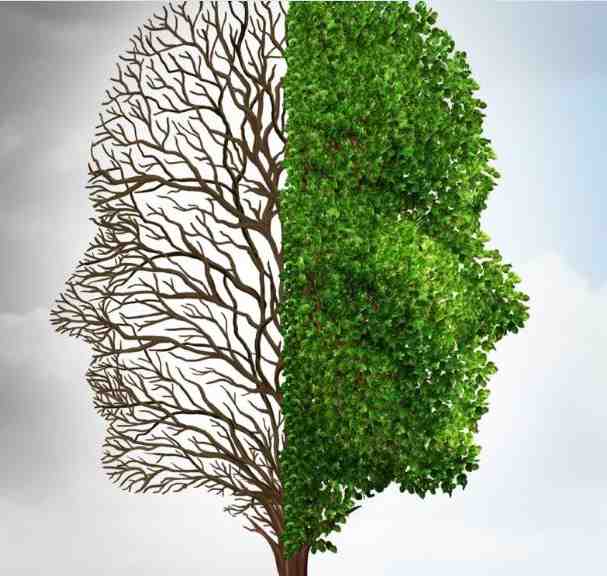
Managing personal change is inherently tricky.
We usually make the flawed assumption that it is skills based, in other words that we can read about it, go to seminars, watch videos and be taught to change.
Whilst it is true that we can be taught, generally we won't change.
For background reading [free download]: "Managing Personal Change"
Contrary to what the multi-billion dollar self-help sector, and it's gurus, will tell you:
"Narrow is the gate and difficult is the way which leads to a better life, and there are few who find it."
This site can help you become one of those few.
Managing Personal Change - Key Themes
[1] Immunity to change
We can't change because of what Professors Robert Kegan and Lisa Laskow Lahey have referred to as: "Immunity to Change" or inner resistance.
So what is the source of our inner personal resistance that lies beneath and sabotages our best attempts at managing personal change?
Research undertaken by Kegan and Lahey has led them to define inner personal resistance to change as a "hidden commitment", with a hidden underlying root cause, and this "hidden (or unconscious) commitment" is in direct opposition and conflict with our stated commitment to change.
So what this means in practise is that our best intentions, for example a New Year resolution, to lose weight or stop smoking is sabotaged from the outset by another unconscious part of us that actually likes and wants to smoke and over eat.
Your failure to achieve a personal change goal isn’t the result of a lack of will-power, it’s your "emotional immune system" trying to protect you.
Here's how to deal with it:
[2] The knowing doing gap
So quite clearly, any attempt at managing personal change starts with a clear understanding of what our unconscious or hidden commitments really are.
This is often referred to as the "knowing doing gap", or as Kegan puts it:
"... how to close the gap between our intentions, things we actually want to carry out, and what we are actually able to do".
[3] Your inner map of reality
As we are all the product of our own ethnic, national, social and religious backgrounds we quite naturally have an inbuilt inner map that see life from the perspective of that background and that has a tremendous effect on our attempts at managing personal change.
This inner map applies a whole range of filters related to the profile and characteristics of our environmental background. We develop our own personal beliefs that are based on this inner map of reality, to navigate us through life and primarily to keep us safe. For most of us, most of the time, this is largely an unconscious process.
These inner beliefs are very strong and have a very strong emotional (or energy) element and it is this unconscious feeling, based on an inner belief, that is the root cause of our resistance to our best attempts at managing personal change. The inevitable outcome is that it is this unconscious belief and associated powerful feeling that causes us to not do things we commit to doing.
These inner beliefs also act as very strong filters and stop us seeing or hearing anything that conflicts with those beliefs.
[4] How you build your own personal (and unconscious) inner map of reality
Here’s the big picture of how your internal map of reality operates to generate your feelings, thoughts, and behaviours:
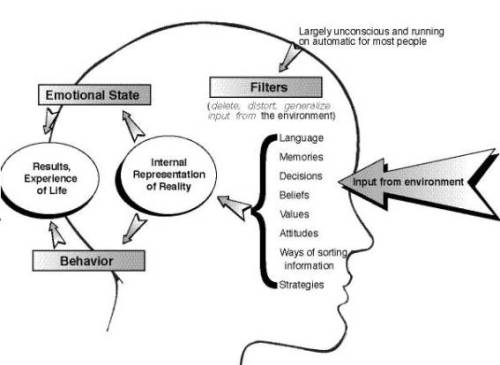
- First, you experience something through your senses. You see something, hear something, touch or feel something, smell something, or taste something. In other words, you have an experience.
- Then you automatically create an internal representation or association – or to put it another way – you adjust your inner map of reality with an internal picture, an internal sound, an internal smell, and internal taste, and internal feeling or touch sensation, or an internal dialogue (otherwise known as thought).
- All of these vast numbers of incoming sensory impressions first pass through a number of filters, which delete huge amounts of it, distort it in various ways, and create generalizations. These filters are hugely important in determining how you create your reality and thus your resourcefulness in managing personal change.
- With what is left after this filtering process, which happens almost instantaneously and almost totally unconsciously, you then create some sort of internal representation of reality.
- We string all of these internal representations or associations into sequences or strategies.
- Everything you do and everything you feel is the end result of a strategy, or a sequence of these internal representations string together in a certain order.
- These strategies (or sequences of internal representations all strung together) ultimately end up as a behaviour or a state of mind.
It is these sequences of internal representations and
associations all strung together that create your experience of life,
internally in terms of how you interpret it and how you feel about it,
and externally in terms of how you experience it.
The problem is that this internal representation that you have created, and that shapes your thoughts feelings and behaviours and all of your attempts at managing personal change is a very poor copy of reality, and it interferes with your all of your attempts at managing personal change.
This is because so much of what came in through your senses has been deleted, distorted and generalized in a number of ways.
You’ve made a map that represents your perception of reality, but that perception isn’t reality, and it isn’t really very accurate.
If you change the internal representations and associations that you make, if you change the meaning that you attribute to them, and if you change how you string them together you get a different outcome – i.e. you feel differently and behave differently.
Also, this works on reverse, if you change your behaviour you change how you think and feel, so:
- If you change your internal representations and associations, you change your behaviour and your state.
- If you change your state, it changes your behaviour and your internal representations.
- If you change your behaviour, it changes your state and your internal representations.
See: Why we think the way we do
[5] A summary of how inner your inner resistance to change occurs
Based on the descriptions we have just examined, here is a summary of how inner resistance to managing personal change develops and why, and how it manifests:
- From early childhood onwards, we all develop our own inner map of reality
- As we develop, we understand, interpret and relate to the world "out there" through this inner map
- Our capacity to be conscious or aware of our own inner map and especially how we create our experience of life through it is determined by our level of self-awareness
- However, for most of us, most of the time, this is an unconscious process
- In accordance with this inner map we have our own inner commitments to our own personal priorities
- Our inner hidden commitments have a high priority and will over-ride any counter intentions that conflict with them
- We assign this high priority because the hidden commitment is inextricably linked to an inner hidden perception that we have of our own physical, psychological, social or emotional safety
- This hidden commitment is (nearly always) outside of our conscious awareness
- The quickest and easiest way to identify our inner resistance is to observe our reactions and our behaviour in our attempts to change
[6] And here's how we all get stuck in the mud with all this
Part of the way our minds work is that:
- We get very attached - or stuck - to our thoughts and emotional states
- They arise automatically
- They are repetitive
- The repetition causes reinforcement – making us more attached and thus more stuck
- We are largely if not totally unaware of this process
- We mistake the state for who we are
- We identify totally with these states – we are immersed in them – "I am angry" – "I am happy" etc
- After the passing of a certain amount of time these states recede or pass and we are "normal" again
- After the passing of a certain amount of more time these states arise again and the whole cyclical process repeats itself
- Again and again and again…ad infinitum
This is the tragedy of the "natural" human condition and why we fail at managing personal change.
If you can take charge of these things, you CAN succeed at managing personal change as you choose how you do them instead of having them just run on automatic pilot.
By taking charge, you can make huge changes in how you experience life and the kind of outcomes you get.
How To Change The Way You Think
You can waste years of your life (as I have done) and spend a fortune in various forms of introspection, analysis and therapy digging and delving into how and why you think and feel as you do - and becoming very well informed.
Please don’t get me wrong, there can be value in doing this – for a while. But ultimately there comes a point when we want to move beyond all the information about why we think and feel as we do and we just want a practical solution - we want to change.
Practical solutions to change the way you think
Note:
Some of these solutions are free of charge and some are paid for.
I have no commercial relationship with any vendor and I do not receive any commission or financial payment if you purchase any of their services.
I recommend them because I believe them to be of benefit and value.
Each of the links below will take you to another page on this site that provides a full context and review of the solution offered.
In most cases I have also provided you with a write up of my own experiences with the solution.
Then, and only then, if you wish to take it any further you can either download the free material that I have provided, or connect with the third party solution provider via the links shown on that page.
Personal Development Tools
Self Talk: Dealing With The Ghost In Your Machine
NLP Course: Achieve and Sustain Peak Performance
Emotional Freedom Technique: Dealing With Your Anxieties & Stress
Cybernetic Transposition: Get All Levels Of Your Mind Working For You
Meditation Programme + Relaxation Music
Meditation Programme: No More Boredom + No More Years Of Training!
Relaxation + Meditation Music + Guided Meditations
Personal Development + Spiritual Growth Programmes
Higher Awareness: Personal Development and Spiritual Growth Programmes
Dealing With Resistance To Personal Change
Your failure to achieve a personal change goal isn’t the result of a lack of will-power, it’s your "emotional immune system" trying to protect you.
Immunity to change can be defined as a "hidden commitment", with an underlying root cause, that competes and conflicts with a stated commitment to change.
It these hidden commitments that cause people to not change and to fail to realise their best intentions.
Understanding this and knowing how to deal with your inner resistance is key to making any lasting personal change.
Understanding Personality Types and Thinking Styles
Understanding your personality type and thinking style is important.
I have wasted an awful lot of time both in business and in my personal life by not understanding this, and by wrongly assuming that we all think in fundamentally thinking in the same way.
It is true that as human beings, and regardless of ethnicity, culture and demographics, we have so much in common, and our basic values, needs and aspirations are very similar. But, and this is a very big but:
The way we receive and process experiences and information is very different.
This is partly to do with the "hardware" of our brains - the physiological structure of our brains - and partly to do with the "software" of our brains - the conditioning our brains have been exposed to by our primary care-givers and ethnic, cultural and societal influences.
The articles below will provide you with the basis of helping you form your own mental model for:
- Understanding these dynamics, and
- Applying them to yourself in the context of managing personal change.
Who do you think you are, and what makes you so special?
This is why most people don't
think like you do. Are you a leader? Then less than 1 in 50 people think
like you do!
Katherine Benziger - Thinking Styles Assessment
How your brain makes you think. Why it matters to you to understand this. How to avoid suffering from "Prolonged Adaption Stress Syndrome".
Enneagram of Personality Types
Plotting your position in life the universe and everything via a modern synthesis of various wisdom traditions aka Integral Theory.
Howard Gardner: Multiple Intelligence
Multiple Intelligence Theory - suggests that you may be more intelligent than you thought you were and in different ways!
George Kelly: Personal Construct Psychology
Here's why you think the way you do and the big picture of how your internal map of reality operates to generate your responses
Emotional Intelligence - Self Awareness In The Emotional Dimension
Emotions get in the way or get you on the way. Reason leads to conclusions, emotion leads to action.
Primal Leadership - How The Leader's Emotions Infect The Organisation
The leader's emotions can affect you in ways you may not be aware of.
Models Of Change
It is also helpful to understand models of change for providing a proven route map through the stages of change and learning:
Bridges Transition Model - Coping With Imposed Change
There is a distinction between the events, situations and circumstances that are imposed on you and your inner response to these things. This is known as "transition". One of the major causes of the difficulty that you will experience with transition is that it necessarily involves letting go of something.
Lost In Transition - Going Round In Circles, Stuck And Lost?Further advice and support for successfully making the transition with the three stage psychological and emotional transition process
Recognising Limbo As A Stage Of TransitionLimbo is a situation in which nothing happens or changes for a long period of time, and it is difficult to make decisions or know what to do, often because you are waiting for something else to happen first.
The Wilderness Years - 3 Keys To An Exit
The wilderness years can be described as any lengthy time, longer than a year, that is spent
aimlessly; without an immediate purpose, or without a current goal.The
internal psychological, emotional and spiritual landscape of the
wilderness state is one of being unable to find one's way, of aloneness,
bewilderment, confusion and disconnection. Here are 3 keys [based on personal experience] to an exit from the wilderness.
Mapping the impacts of unexpected or imposed change. Understanding that people can go through grief responses when faced with unexpected life-changes.
Conscious Competence - Stages Of Learning
Why 95% of your thoughts are an unconscious competence. How to move from “I don’t know what I DON’T know” to “I don’t know what I DO know!
Return to: Home Page
- What if everything we think…
LATEST ARTICLES
The Power Of Patience - Why You Need The World's Toughest Quality
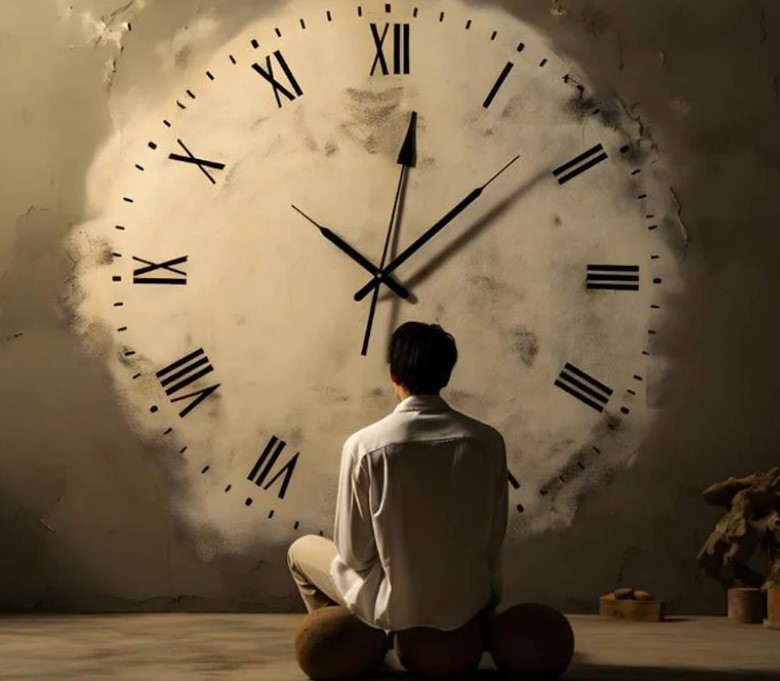 Nothing in the world can take the place of patience. Patience and persistence are omnipotent. In everyday life, patience is often overshadowed by the desire for immediate results. We live in an era of…
Nothing in the world can take the place of patience. Patience and persistence are omnipotent. In everyday life, patience is often overshadowed by the desire for immediate results. We live in an era of…Demonizing The Other and Personal Acts Of Compassion
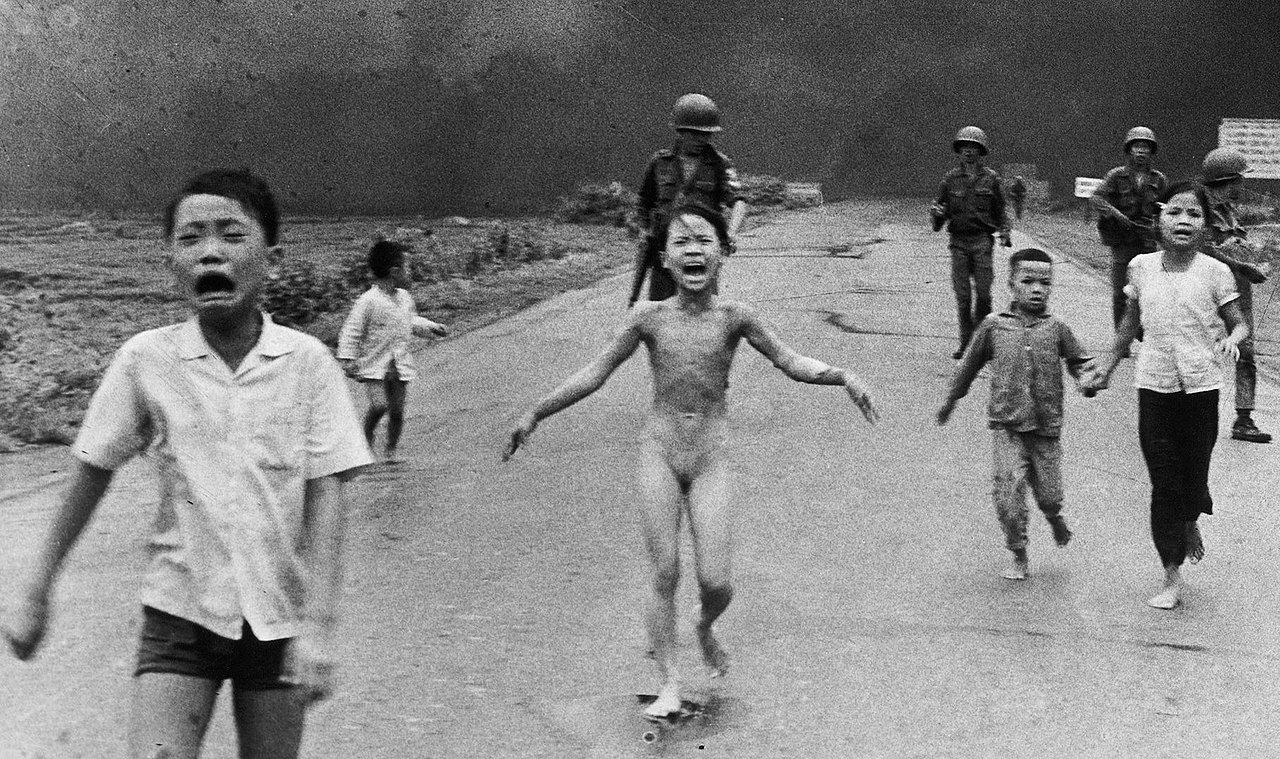 What Does Demonizing The Other Mean? Demonizing the other refers to the act of portraying a group of people or an individual as inherently evil, threatening, or inferior. It often serves to justify di…
What Does Demonizing The Other Mean? Demonizing the other refers to the act of portraying a group of people or an individual as inherently evil, threatening, or inferior. It often serves to justify di…Why You Should Embrace Anomalies - The Incredible Value Of Disconfirming Evidence
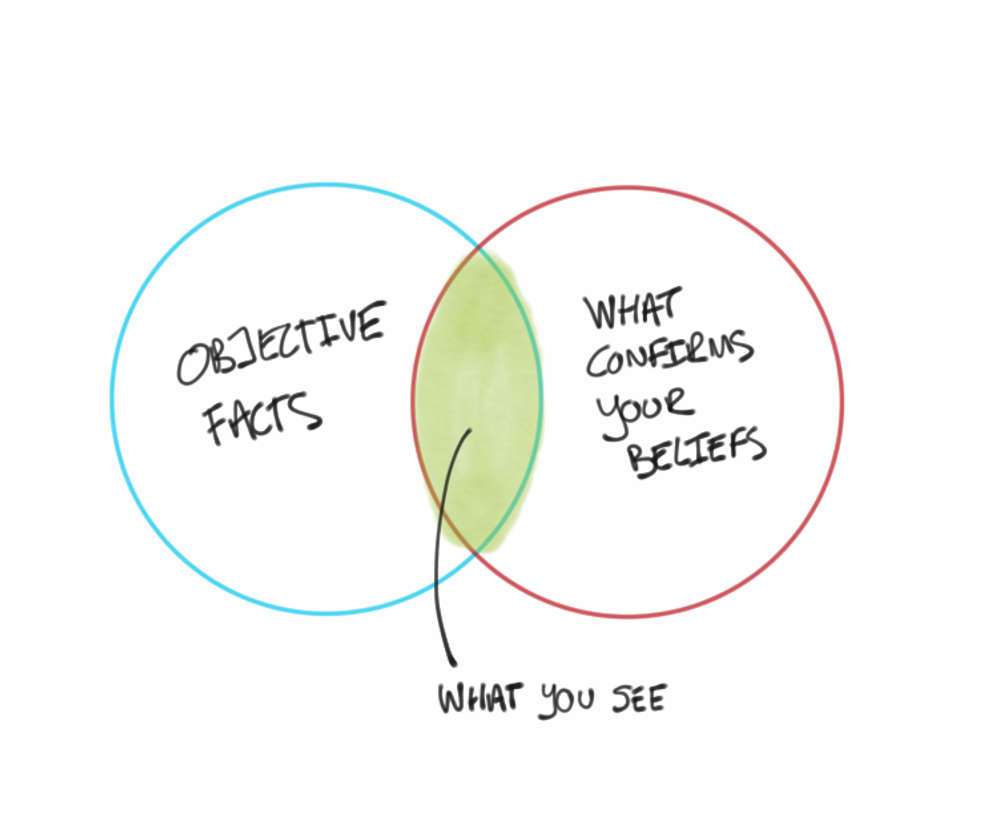 Is Your Desire To Be Right Greater Than Your Desire To Have Been Right? An anomaly is a deviation from what is expected or commonly regarded as the norm. It often appears as an unexpected observation…
Is Your Desire To Be Right Greater Than Your Desire To Have Been Right? An anomaly is a deviation from what is expected or commonly regarded as the norm. It often appears as an unexpected observation…Amazing Grace - The Majesty And The Mercy of Freedom From Your Pain
 "I once was lost, but now I am found, was blind, but now I see." The hymn and popular song "Amazing Grace" was written 250 years ago by John Newton, a former slave trader who in 1748 nearly died in a…
"I once was lost, but now I am found, was blind, but now I see." The hymn and popular song "Amazing Grace" was written 250 years ago by John Newton, a former slave trader who in 1748 nearly died in a…The Transformative Power Of Acceptance
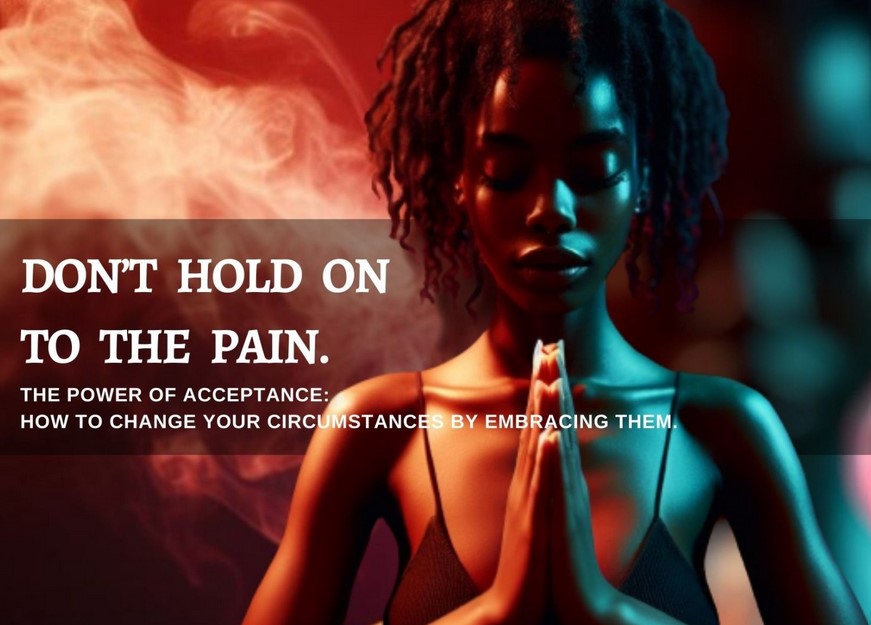 Experience The Power Of Acceptance. This website contains about 500,000 words. You could read every single word and it wouldn't make any real difference to you. You might become better informed, but t…
Experience The Power Of Acceptance. This website contains about 500,000 words. You could read every single word and it wouldn't make any real difference to you. You might become better informed, but t…Inversion - The Power Of Opposite Thinking
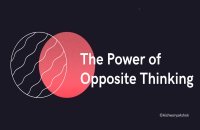 How To Avoid The Unwanted Outcome. The power of opposite thinking, also known as inversion, lies in its ability to stimulate creativity, enhance problem-solving, and provide a fresh perspective on cha…
How To Avoid The Unwanted Outcome. The power of opposite thinking, also known as inversion, lies in its ability to stimulate creativity, enhance problem-solving, and provide a fresh perspective on cha…Are You Aligned With Reality? Or Do You See What You Believe?
 We tend to see that which aligns with what we believe, and to act upon that rather than acting on reality. Being aligned with reality starts with a clear and accurate understanding of the world. It me…
We tend to see that which aligns with what we believe, and to act upon that rather than acting on reality. Being aligned with reality starts with a clear and accurate understanding of the world. It me…The Law Of Response and Outcome
 A New Approach To A New Life At time of writing we are entering a new year which is traditionally a time of making resolutions to change our behaviour and improve the quality of our lives. And yet pow…
A New Approach To A New Life At time of writing we are entering a new year which is traditionally a time of making resolutions to change our behaviour and improve the quality of our lives. And yet pow…Clear Thinking - Turning Ordinary Moments Into Extraordinary Results
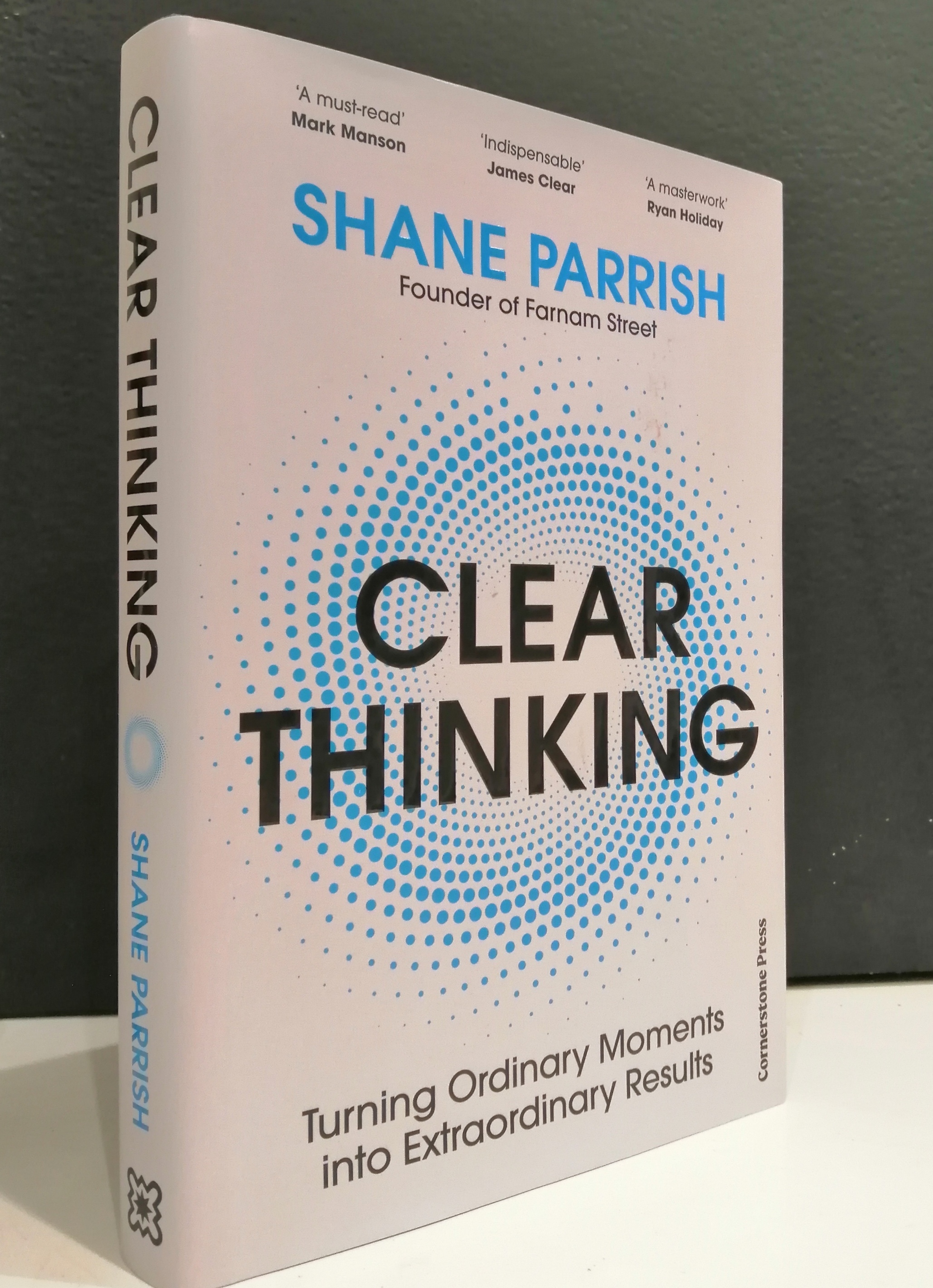 There are two ways to handle the world - try to predict, or try to prepare. "Clear Thinking" by Shane Parrish, published in Oct 2023, is a laudable testament to the art of cogent thinking, and will be…
There are two ways to handle the world - try to predict, or try to prepare. "Clear Thinking" by Shane Parrish, published in Oct 2023, is a laudable testament to the art of cogent thinking, and will be…Self Dialogue - Working With Your Many Selves
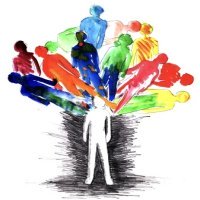 Self Dialogue Is About Working With ALL Levels Of Your Mind. The key to effective self dialogue is to have tools, techniques and resources that work with all levels of your mind. This simple self-faci…
Self Dialogue Is About Working With ALL Levels Of Your Mind. The key to effective self dialogue is to have tools, techniques and resources that work with all levels of your mind. This simple self-faci…The Balanced Brain - The Ultimate Route To Personal Transformation
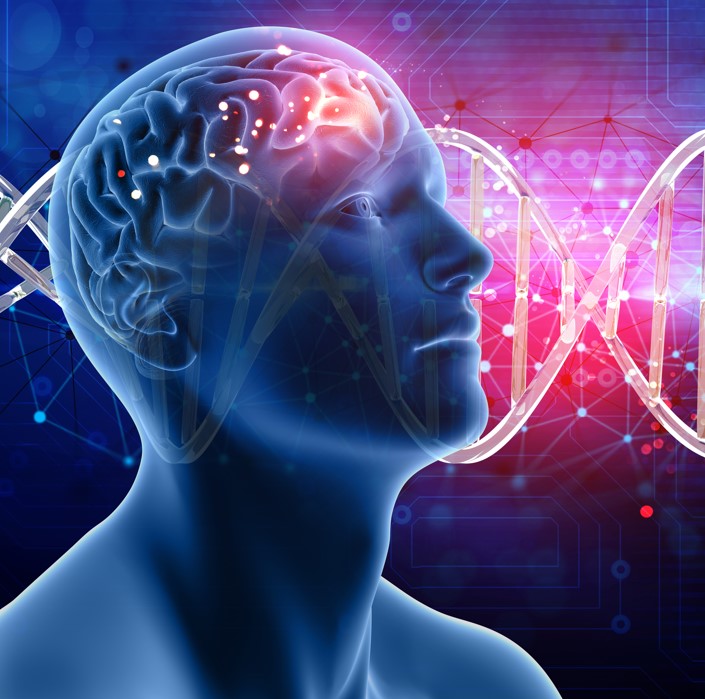 How To Experience The Benefits Of A Balanced Brain. Underpinning all of the belief systems and practices that offer routes to personal change, transformation and spiritual growth is the balanced brain…
How To Experience The Benefits Of A Balanced Brain. Underpinning all of the belief systems and practices that offer routes to personal change, transformation and spiritual growth is the balanced brain…How To Make Better Decisions - By Avoiding The Narrative Trap
 To Understand The Truth We Have To See The Whole Picture. One of the best ways to make better decisions is to have a deeper understanding of the many things that might stop that happening. To understa…
To Understand The Truth We Have To See The Whole Picture. One of the best ways to make better decisions is to have a deeper understanding of the many things that might stop that happening. To understa…The Greatest Love - The Most Important Relationship You Will Ever Have
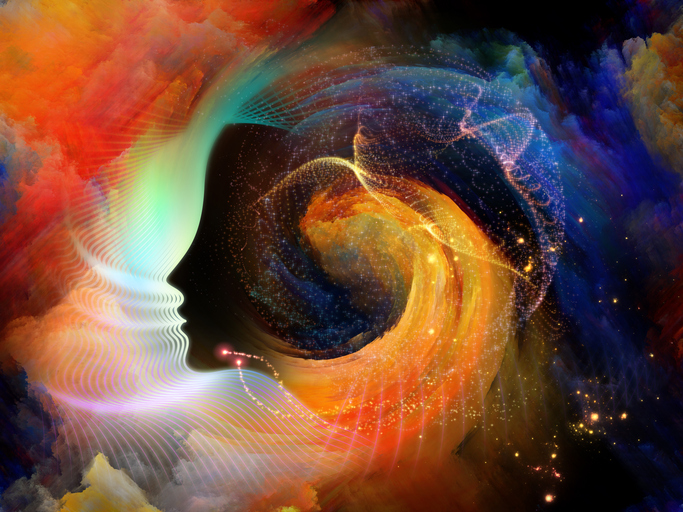 Yet Most Will Never Know It Everyone of us has a place, in our hearts there's a space, that is home to the greatest love of all. This love transcends everything we think we know about the world of for…
Yet Most Will Never Know It Everyone of us has a place, in our hearts there's a space, that is home to the greatest love of all. This love transcends everything we think we know about the world of for…Everything Is Connected And Why You Don't Feel It
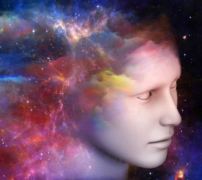 ...And Why It Matters
As human beings we are skating on very thin ice with our sense of self and certainty about "how things are" and what we like to think of as reality:
...And Why It Matters
As human beings we are skating on very thin ice with our sense of self and certainty about "how things are" and what we like to think of as reality:
Who Is In Charge Of Your Brain?
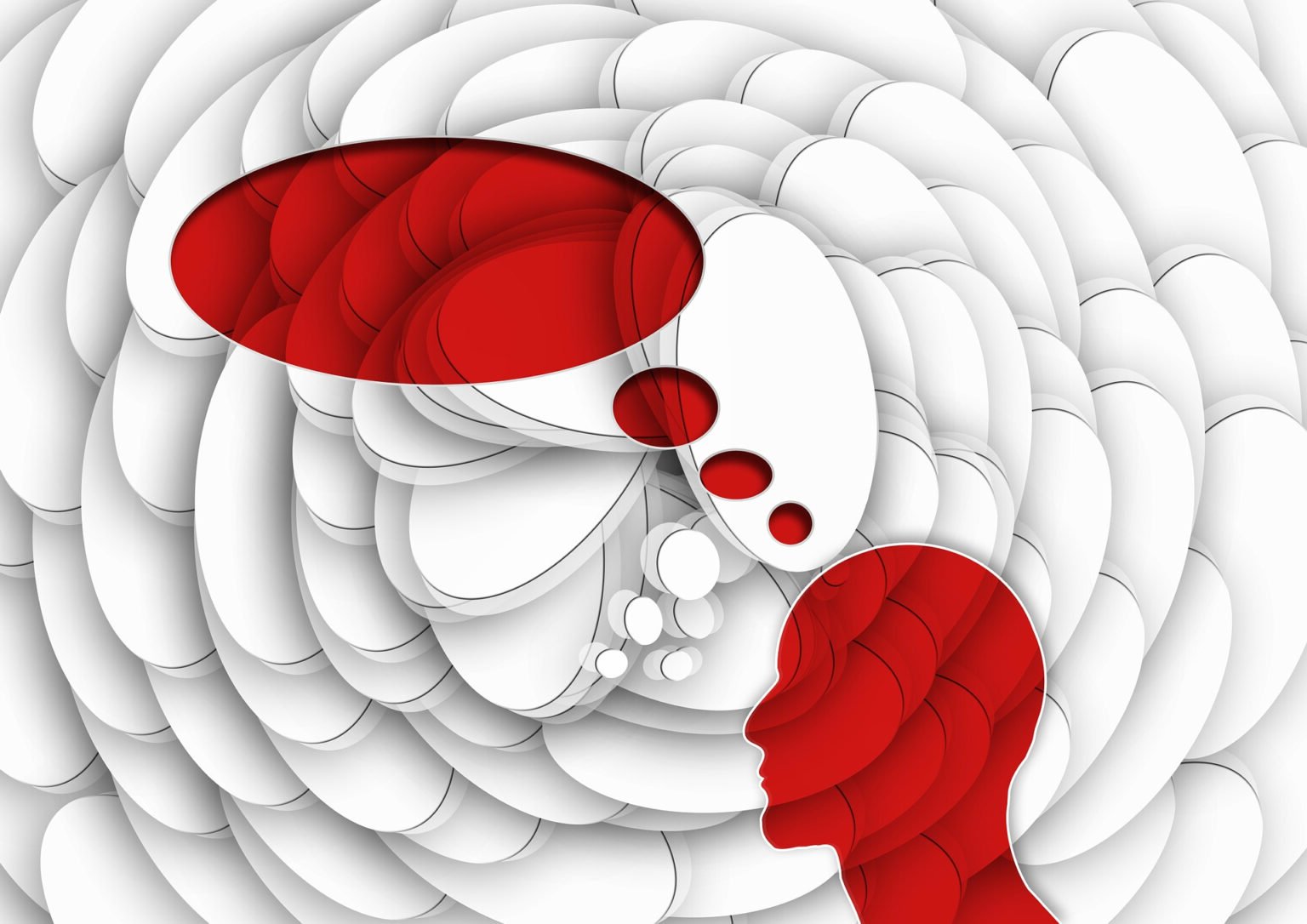 How Not To Be Stupid. Who is in charge of your brain? This is not a silly questions. It matters because the outcomes that you experience in your life are determined by how you respond to the events th…
How Not To Be Stupid. Who is in charge of your brain? This is not a silly questions. It matters because the outcomes that you experience in your life are determined by how you respond to the events th…How To Be A Winner On A Very Large Scale
 The Incredible Benefits Of Selective Attention. This is not a typical article about how to be a winner. We are not going to talk about goal setting, the importance of habits, the power of focus and al…
The Incredible Benefits Of Selective Attention. This is not a typical article about how to be a winner. We are not going to talk about goal setting, the importance of habits, the power of focus and al…The Metagame Approach To Life
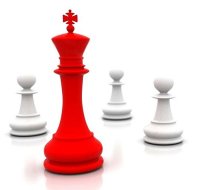 How To Achieve Your Biggest Objectives.
The metagame approach to life is all about winning and achieving your biggest objectives by:
- Understanding the bigger picture
How To Achieve Your Biggest Objectives.
The metagame approach to life is all about winning and achieving your biggest objectives by:
- Understanding the bigger picture
- Being better by doing things d…Shantideva - The Way Of The Bodhisattva
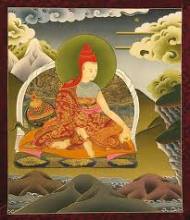 Walking The Path Of Compassion. Shantideva the 8th century Indian Buddhist sage is famous for his treatise "The Way of the Bodhisattva" delivered as an extended teaching to the monks of Nalanda monast…
Walking The Path Of Compassion. Shantideva the 8th century Indian Buddhist sage is famous for his treatise "The Way of the Bodhisattva" delivered as an extended teaching to the monks of Nalanda monast…Reframing History - Deconstruction And Discussion Not Destruction
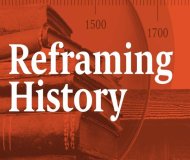 History is always about context, not imposing our own moral values on the past. For those of us fortunate enough to live within western democracies, we are living in an age where a vociferous and into…
History is always about context, not imposing our own moral values on the past. For those of us fortunate enough to live within western democracies, we are living in an age where a vociferous and into…Tao Te Ching - Connecting To Your True Source Of Power.
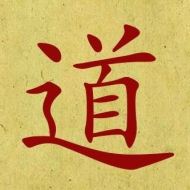 How To Be Lived By The Tao. The Tao Te Ching is one of those books that many people read, few understand, and even fewer put into practice. The only way to know the Tao is to experience it, and it is…
How To Be Lived By The Tao. The Tao Te Ching is one of those books that many people read, few understand, and even fewer put into practice. The only way to know the Tao is to experience it, and it is…How Things Really Are - The Inbuilt Design Flaws
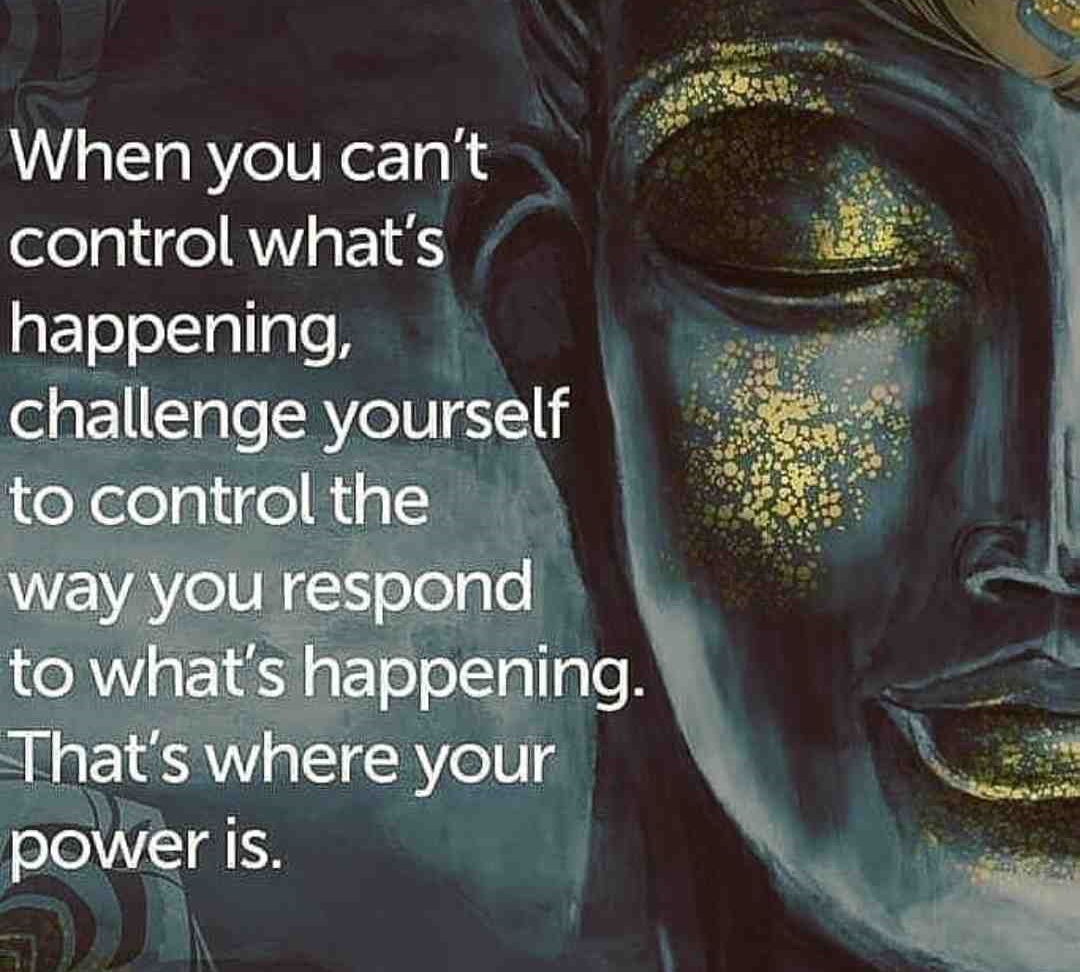 Chaos, Disorder And Decay Is The Natural Order Of Things. Nobody has the perfect life. We all struggle and strive to attain health, wealth and personal happiness. Yet these three big areas: our health…
Chaos, Disorder And Decay Is The Natural Order Of Things. Nobody has the perfect life. We all struggle and strive to attain health, wealth and personal happiness. Yet these three big areas: our health…Intuition Or Anxiety - Are There Angels Or Devils Crawling Here?
 How To Tell The Difference Between Intuition and Anxiety. How do you know whether the voice of your intuition is real or just the product of your inner anxiety? Several months ago I was having a drink…
How To Tell The Difference Between Intuition and Anxiety. How do you know whether the voice of your intuition is real or just the product of your inner anxiety? Several months ago I was having a drink…What Is Truth - How To Tell A Partial Truth From The Whole Truth?
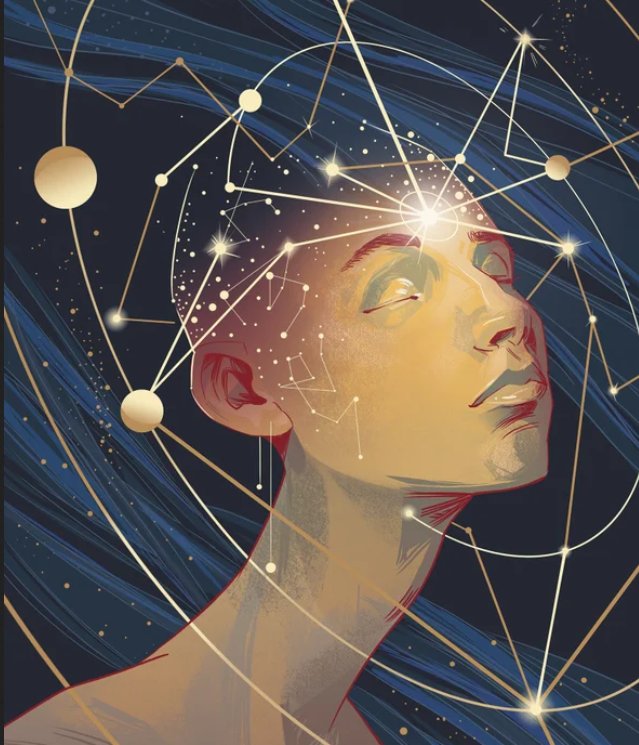 How the truth and nothing but the truth is often not the whole truth. My great aunty Flo broke her arm and died. It is true that she broke her arm in 1923. It is also true that she died in 1949. But t…
How the truth and nothing but the truth is often not the whole truth. My great aunty Flo broke her arm and died. It is true that she broke her arm in 1923. It is also true that she died in 1949. But t…Duality And Life Beyond Your Thinking Mind
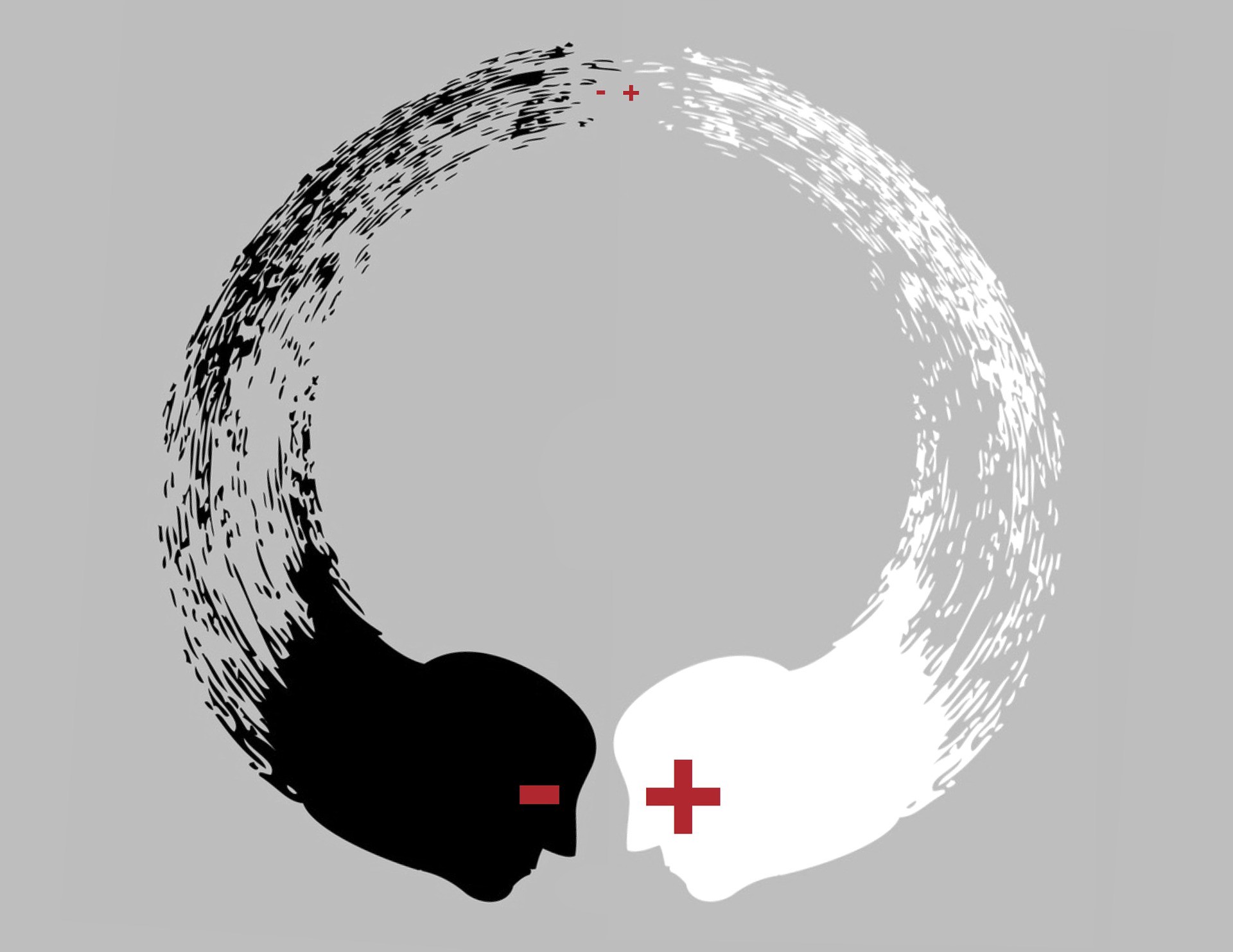 Duality and life beyond your thinking mind focuses on the limitations of time, foreground and background, duality and "stuckness". The first aspect of duality and life beyond your thinking mind focuse…
Duality and life beyond your thinking mind focuses on the limitations of time, foreground and background, duality and "stuckness". The first aspect of duality and life beyond your thinking mind focuse…The Conscious Mind Is Limited - Be Aware And Be Prepared
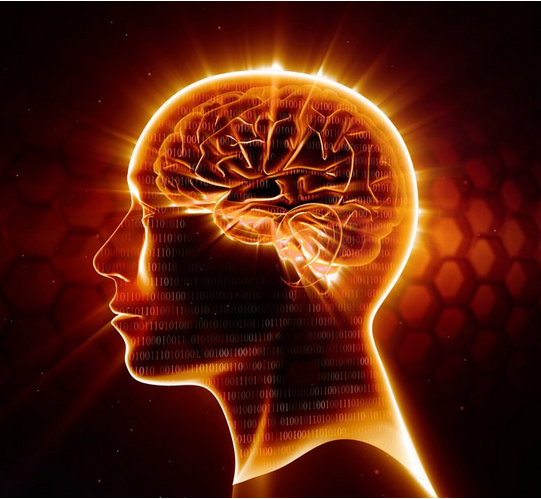 Being aware is the first stage of being prepared. The conscious mind is limited in so many ways. There are some who would argue that there is no such thing as conscious thought and that it is represen…
Being aware is the first stage of being prepared. The conscious mind is limited in so many ways. There are some who would argue that there is no such thing as conscious thought and that it is represen…Your Inner Map Of Reality - Here's Why You Think The Way You Do
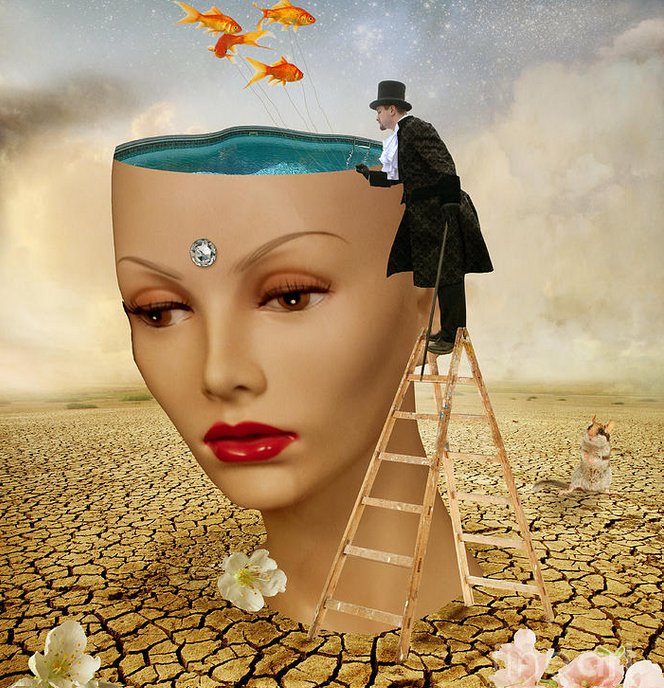 The big picture of how your inner map of reality creates your feelings, thoughts, and behaviours. Your inner map of reality is based on the filters of your own ethnic, national, social, family and rel…
The big picture of how your inner map of reality creates your feelings, thoughts, and behaviours. Your inner map of reality is based on the filters of your own ethnic, national, social, family and rel…The Failure Of Cancel Culture - Suppression Not Engagement
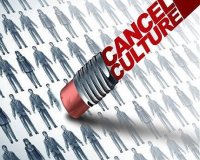 Why we need to wear our beliefs lightly and develop negative capability. Throughout history people have campaigned to fight beliefs, ideologies, and injustices that they perceived to be oppressive, di…
Why we need to wear our beliefs lightly and develop negative capability. Throughout history people have campaigned to fight beliefs, ideologies, and injustices that they perceived to be oppressive, di…4 Big Reasons Why We Get Stuck In Our Attempts At Personal Change
 Most People Spend Their Entire Life Imprisoned Within The Confines Of Their Own Thoughts. This first of the 4 big reasons why we get stuck is, in my view, the most important. The "self-help industry…
Most People Spend Their Entire Life Imprisoned Within The Confines Of Their Own Thoughts. This first of the 4 big reasons why we get stuck is, in my view, the most important. The "self-help industry…How Do I Change And Why Is It So Hard?
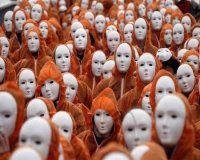 We Would Rather Die Than Change, And We Usually Do In my experience, the vast majority of people who say they want to change don’t change. Most people reading this won’t change because they don’t real…
We Would Rather Die Than Change, And We Usually Do In my experience, the vast majority of people who say they want to change don’t change. Most people reading this won’t change because they don’t real…The Illusion Of A Separate Self - Windows 11 With Self Awareness!
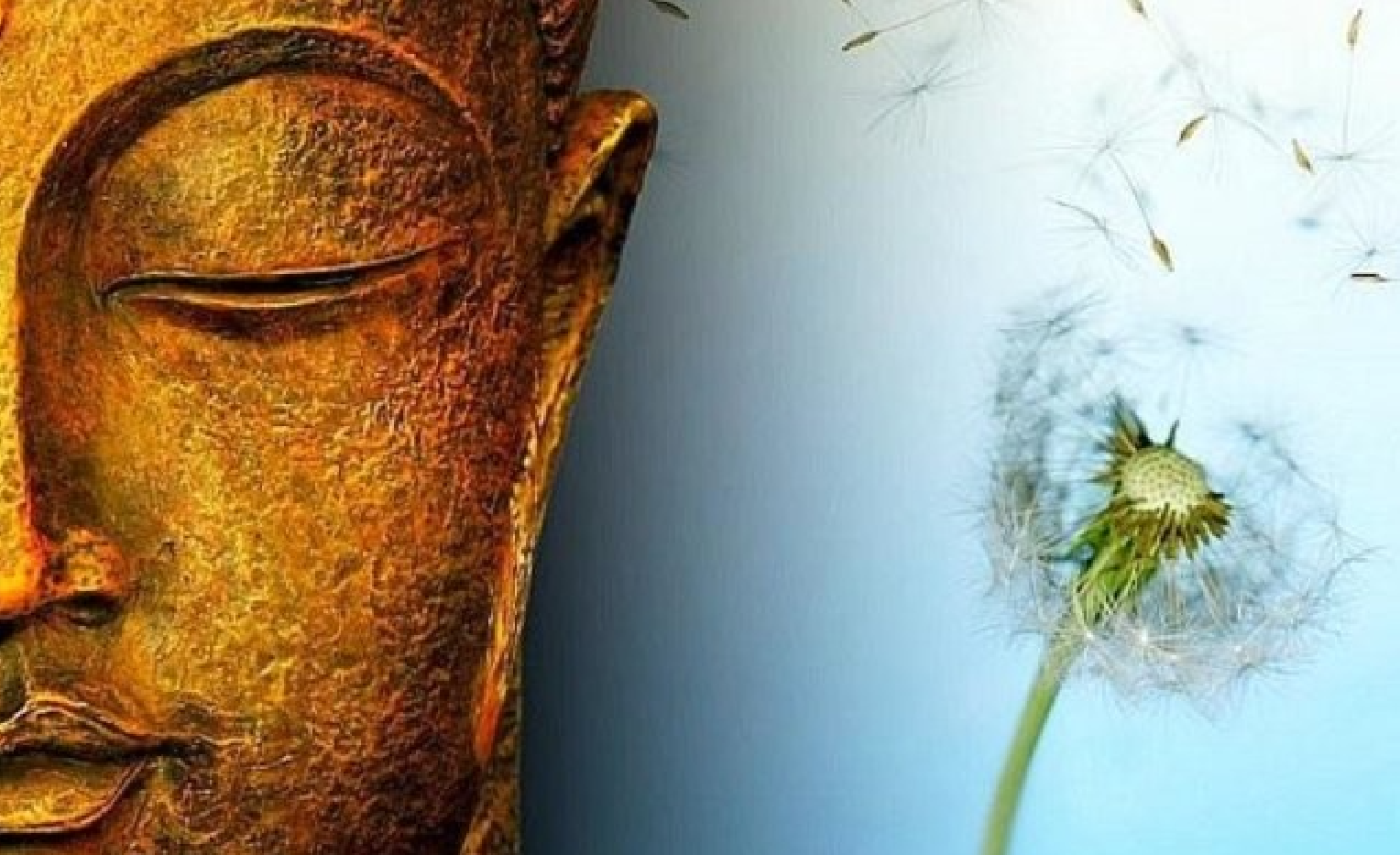 Beyond the content of your mind you are so much more than you think you are. When we talk of "myself" this is the conventional way of referring to our self image which is in fact the ego's constructio…
Beyond the content of your mind you are so much more than you think you are. When we talk of "myself" this is the conventional way of referring to our self image which is in fact the ego's constructio…